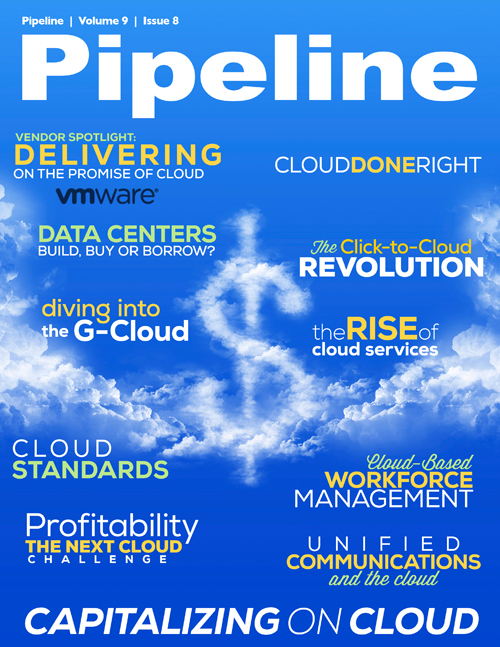Cloud Done Right
Interregional redundancy refers to the wide geographical dispersion of copies of file systems in order to eliminate single points of failure within a region. This stands in contrast to intraregional redundancy, or multiple copies being stored within the same general region. It is crucial to understand the capabilities and costs of each option.
The Amazon Elastic Compute Cloud (EC2) portfolio, for instance, permits users to select a single geographic region, not multiple ones, for data-center hosting. As an example, if you chose “US East” as the region for your EC2-enabled cloud services, you might have experienced some service outages during the “derecho,” or large thunderstorm, in Washington, D.C., last June or during Superstorm Sandy in October.
Running multiple instances of fully functional, redundant copies of web applications from multiple regional locations is expensive. So expensive, in fact, that web juggernauts like Netflix, Pinterest and Instagram aren’t able to afford it to a scale that prevents single-region-failure outages. Last June the aforementioned derecho took out the “US East” Amazon cloud operation in Virginia; as a result, Netflix, Pinterest and Instagram went down. If Amazon had been keeping multiple functional copies of those web apps in a redundant format, the substantial outages would have been nothing more than short-lived blips.
Those are extreme examples, perhaps, because the services in question are wildly popular and have millions of users, and paying for acres of servers in Idaho to idle in the background in the event of a storm is very expensive. The more rack space you reserve at each distinct location, the more expensive the cloud solution. But on a smaller scale, delivering interregional redundancy for, say, a CRM-driven web app for a national sales force of 200 is easily doable. The point is that considering the geographic distribution of the cloud infrastructure is just as important as the debate about public vs. private vs. hybrid.
Beyond this is the question of localization. There are performance benefits that can be realized by locating data centers near centers of data consumption. Most companies in the streaming video business are actively involved in shortening the distance of delivery, thereby accelerating the responsiveness and reducing the latency of their service. For each customer this must be reviewed as well, and weighed against the security and redundancy needs of each service.
Data-storage and evanescence policies
The way in which data is stored and maintained is crucial to the characterization of each custom cloud solution. Cloud service providers should have data-storage and evanescence policies hardwired into all of their processes and SLAs. As we’ve learned, potential customers are extremely concerned with how their data is managed and protected. Negotiating and delivering these details is not only important to the development of each cloud-services portfolio, but a competitive differentiator in a sea of one-size-fits-all cloud-service offerings.
Data-storage and evanescence policies include defining:
- What types of data are stored, and for how long?
- Which data is stored in a structured manner vs. an unstructured manner?
- Is data encrypted when it’s transported in the network?
- Is the data subject to privacy regulations?
- What is the distinction between data that can evaporate and that which needs to be preserved for legal purposes as well as system-restoration and event-logging purposes?
- What happens to data that has passed its expiration date?
Instead of being statically defined and tied to specific cloud products, these questions must be asked in each instance. Basic data storage and backup services for a hospital customer are very different from the requirements of a small automotive shop or an internet service provider. Likewise, data stored in an unstructured manner does not enable immediate restoration of complex database-driven web services, even if it is immediately available from another data center following a power outage.
Doing it well
When I asked Assaf Morag, vice president of business development for TOA Technologies, what the cloud “done right” would look like, he answered, “Redundancy in the data center and a tertiary data center on the other side of the continent.” As CSPs review their cloud ecosystem, they may discover that their solutions lack this type of cross-continental backup. For non-mission-critical web apps and storage, that may be fine, but it’s crucial that the capabilities and characterization of each cloud service are understood and expressed.



















